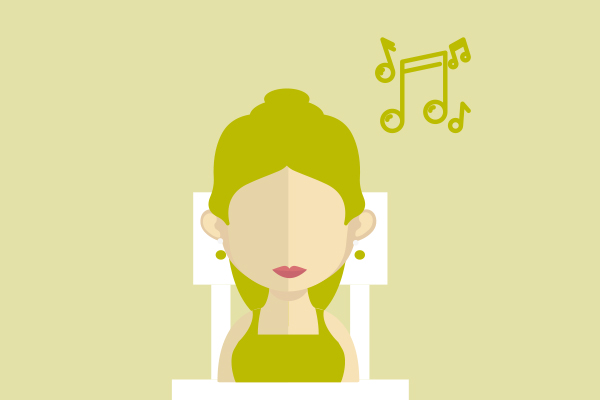The school community (administration, teachers, parents, local community representatives) will explore their beliefs and prejudices through an argumentation game. They will have the opportunity to develop and listen to different perspectives on a topic.
For the participants to:
- listen carefully to others without making comments or interventions,
- think analytically and critically,
- develop arguments and counter-arguments for each controversial statement,
- reflect on their personal beliefs.
- Listen actively and without interference to someone’s arguments,
- think analytically and critically about all aspects of an issue before forming an opinion,
- reflect on their personal beliefs and any prejudices on controversial issues.
Steps
- The trainer prepares the room by spreading out the chairs in pairs and placing them opposite each other.
- The facilitator informs the participants that they will be listening to music. While the music is playing, they may walk or even dance. Then, when the music stops, they should quickly sit down in the chair closest to them so that they end up in pairs, one facing the other. The trainer will then read out a controversial statement (see examples below). The person who sat down first will have one minute to tell their partner their personal views on the statement. S/he can say whatever s/he wants. Their partner should remain silent and give no indication as to whether they agree with them or not. Then it is the other participant’s turn to express their views on the same statement for a minute. This process will be repeated several times, as the number of statements or as time allows.
- Place the chairs in a circle for reflection:
- How did you feel about the statements?
- How did you feel when listening to the other person?
- Did you want in some cases to respond or react? Why?
- How did you feel when you could not speak or react?
- Did what you heard from the other person make you reconsider your own position on the issue?
Evaluation
Reflective discussion at the end.

Duration: 30 minutes
Materials:
- Equipment for playing music, e.g., CD player, laptop and speakers
- short list of controversial statements, no more than 5 or 6 (see attached).
- the activity is a variation of the “Musical Chairs” activity from the manual “Teaching controversial issues” (https://edoc.coe.int/en/human-rights-democratic-citizenship-and-interculturalism/7738-teaching-controversial-issues.html)




